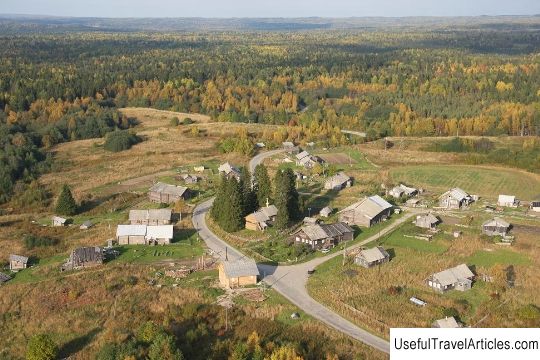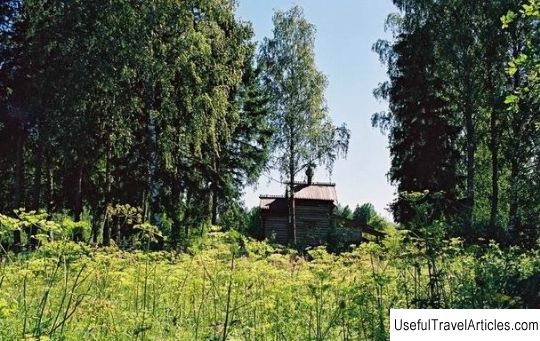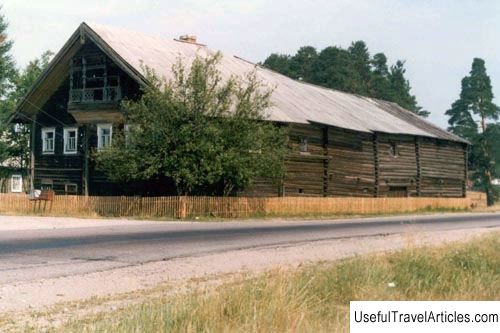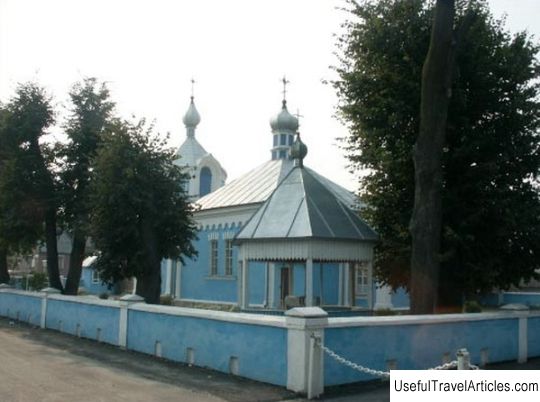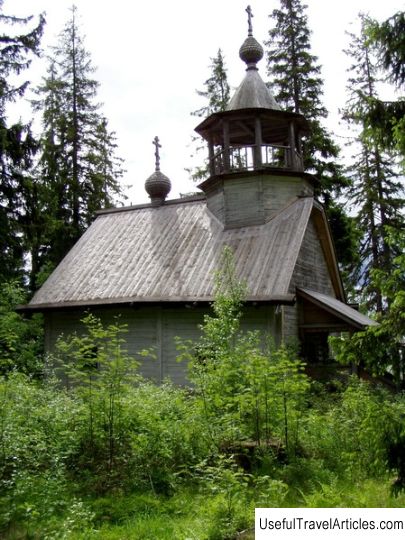Chapel of the Nativity of the Virgin description and photos - Russia - Karelia: Pryazhinsky district
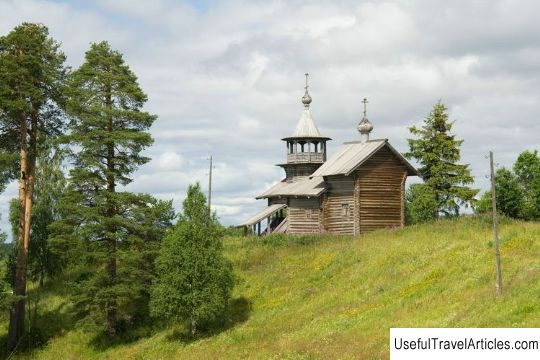
Chapel of the Nativity of the Virgin description and photos - Russia - Karelia: Pryazhinsky district. Detailed information about the attraction. Description, photos and a map showing the nearest significant objects. Photo and descriptionFor more than five hundred years, the ancient village of Manga, located on the bank of the river of the same name, has turned. It is located 12 km from the village of Pryazha. The village of Manga on the northeastern side rests on a steep hill, and on the other it is bounded by the swampy lands of the river. Therefore, the settlement has the shape of a strip. Two-story houses with carved platbands lined the street. This is a typical North Karelian village. The Chapel of the Nativity of the Blessed Virgin Mary is visible from everywhere on a hill overgrown with infrequent pines and firs. It was built in the second half of the 18th century. Its appearance and size suggests that it was originally built as a church. The low bell tower tent stands on pillars and is completed with a small dome, the 2nd dome is located on the roof of the chapel. The chapel is clearly too large for the chapel, and this architectural disparity indicates that this building was built according to the type of Russian churches, but later it was changed by the local population in the North Karelian style. The chapel in Manga received recognition separately from itself villages thanks to the famous book of V.P. Semyonov-Tyan-Shansky “Russia. A complete geographical description of our fatherland ”, which was published at the beginning of the 20th century. The image of this chapel is found in guidebooks as a type of northern Karelian structure. Thanks to research, it is possible to establish the history of the construction of this architectural monument. Initially, the chapel was built without a bell tower. In the first half of the 19th century, it underwent a thorough reconstruction. The porch was turned into a canopy. The north porch was dismantled and the outside of the gallery was sheathed with planks, at the same time a door was built into the vestibule at the entrance from the south porch. Apparently, the belfry was added at the same time. The building was also renovated in the 2nd half of the 19th century. The usual roof was replaced with a straight cut board. The senses inside and the whole structure outside were also sheathed with planks. The frames of the windows above and the lower cornices of the bell tower were made in the form of an archery. The whole building was painted, the crosses were covered with iron sheets. The type of the iconostasis was changed, if earlier the icons were simply inserted into the gutters in the hewn logs - the tyablo type, then after the reconstruction they began to use the iconostasis with dividing posts - the frame order type. Structurally, the chapel has a traditional look for this building - it is a higher rectangular part of the temple, and an adjoining log house with a refectory and an entrance hall, covered with a common gable roof with a dome. The frame of the chapel is made according to the type most often used in the villages - `` in a cup ''. The roof over the main, prayer part is covered with a red plank with rounded ends. Above the porches and the refectory, the roof was made traditionally for the wooden architecture of the Russian North by the nailless method using “chickens” - the rhizomes of young trees and “streams” - special stops. The walls inside are hewn without rounding the corners. The foundation is made of natural stone. The ridge log of the chapel and the refectory is decorated with a ridge carved from repeating triangles. On the triangular edge of the gable of the roof, there are carved boards - moorings. The domes of the chapel are bulbous and covered with a ploughshare in the form of triangular scales, the windows are arched and decorated with a carved profiled cornice. The interior of the chapel is mostly lost. In the refectory, benches installed along the walls, decorated with figured balusters and a carved border, have been preserved. On one wall, there is a part of the tyabla, with a plant pattern. Near the windows in the chapel there are kliros, with a fence decorated with vertical bars. Previously, the chapel had two ancient icons of the `` Signs '' and `` Nicholas the Wonderworker '', which were transferred in 1957 to the Russian Museum. The size of the icons is 60 x 70 cm. By the type of writing they could have been painted in the icon-painting workshop of Novgorod and were probably transported to this region in the 16th century. The chapel is currently not functioning, it was restored in 1970, in 1987-1988 the wall cladding was removed. The building is 14.2 m long and 6.46 m wide.        We also recommend reading Transfiguration Monastery description and photos - Bulgaria: Veliko Tarnovo Topic: Chapel of the Nativity of the Virgin description and photos - Russia - Karelia: Pryazhinsky district. |
